Australian companies H2X and Thales New Energy have signed a memorandum of understanding (MoU) with Malaysia’s state-owned Sarawak Economic Development Corporation (SEDC) through its wholly owned subsidiary SEDC Energy. The agreement with see the trio form an incorporated joint venture to develop Samalaju Hydrogen Production Plant, which is proposed to be a massive 1.3 GW, capable of producing as much as 170,000 tonnes per year of liquid hydrogen or 970,000 tonnes per year of ammonia for export.
The plant is proposed for the newly built Samalaju Industrial Park and Port and will produce its green hydrogen via electrolysis powered by hydroelectricity. Sarawak, the state where the facility is to be housed, is home to the majority of Malaysia’s hydro assets, which are currently the country’s main renewable energy source while it seeks to expand its solar assets through its large-scale government-run tender programme.
According to the companies, Australian-based renewable developer Thales New Energy has already undertaken pre-feasibility studies for the project over the past 12 months. Thales New Energy seems to be a rather new player in the renewable development game, listing a number of hydrogen projects on its website all of which seem to be in early stages. This may have been a driver in its decision to team up with H2X, an Australian hydrogen fuel cell startup. Just a few years old, H2X has hit the ground running, announcing a steady stream of partnerships, projects, and vehicle designs this year.
Going forward, Thales New Energy and H2X will work closely together with Malaysia’s SEDC Energy to “quickly progress”, they say, to detailed feasibility and engineering for the Samalaju Hydrogen Production Plant. The trio expect the project will be able to secure requisite development approvals in 2022. It will then build the project over several phases, with first exports possible from 2024/25.
The companies have also said they will “look to develop local electrolyser build capabilities in Sarawak,” leaving the door open to a manufacturing component which seems to be a growing focus for H2X.
The state of Sarawak sits on Borneo island, stretching along its northwest coast. The Malaysia region is reportedly gearing up to become a hub for the emerging ASEAN (Association of Southeast Asian Nations) hydrogen energy market, planning a range of hydrogen infrastructure projects. The state’s high penetration of hydro assets, as well as its strategic coastal location in the centre of south east Asia clearly adding to its attractiveness for such propositions.
Earlier this month, Sarawak Economic Development Corporation signed a different MoU with H2X Global to manufacture, assemble and develop H2X’s transport projects. Under that agreement, the pair will form a different joint venture which will see them “immediately begin” the assembly of relevant vehicles, including H2X’s hyped Warrego ute, as well as city buses and H2X hydrogen-powered generators. Presumably this means H2X will not primarily be manufacturing in Australia after all, though exactly what this means for its vision of returning manufacturing to Australian shores is unclear.
This content is protected by copyright and may not be reused. If you want to cooperate with us and would like to reuse some of our content, please contact: editors@pv-magazine.com.
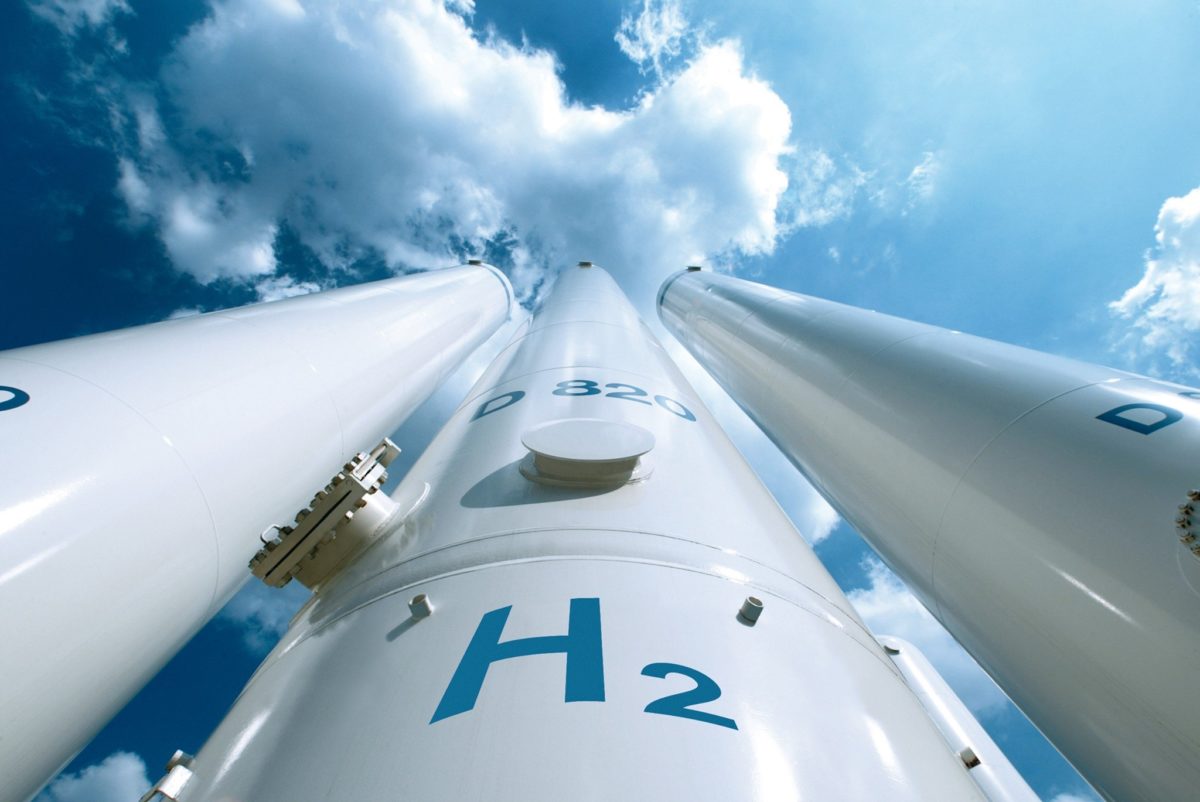
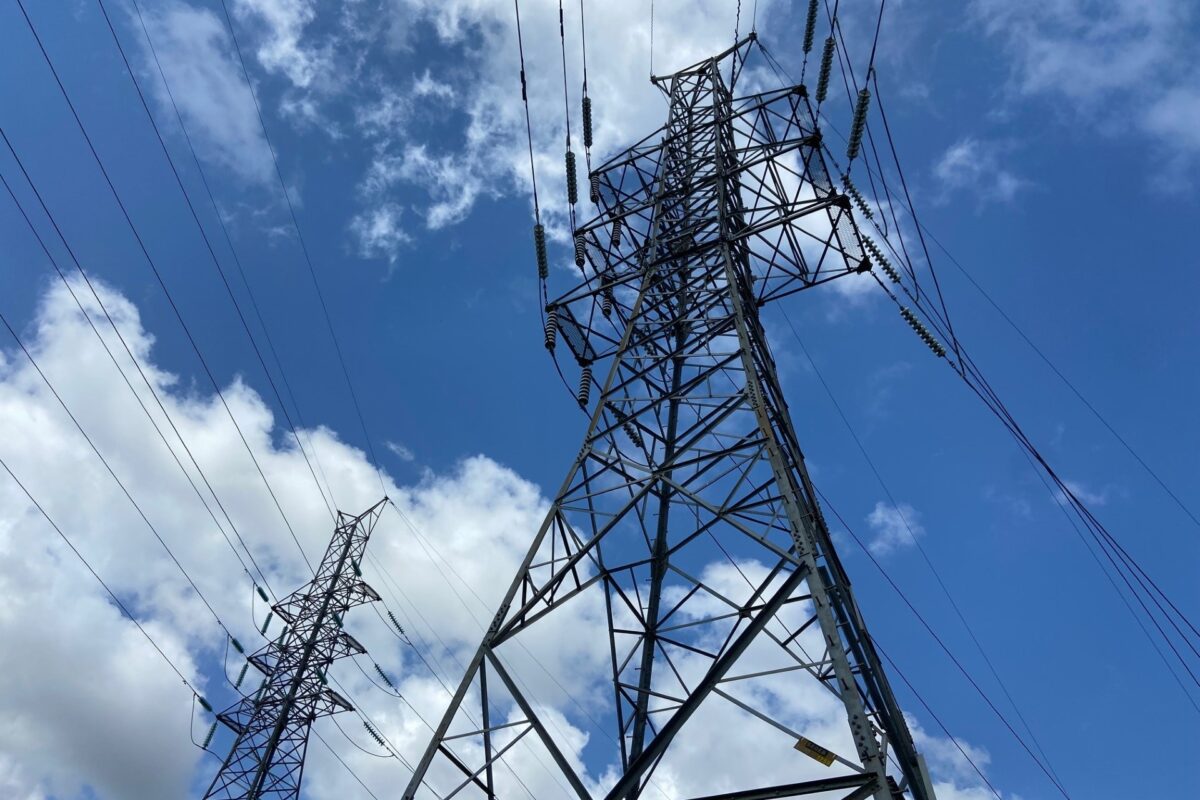


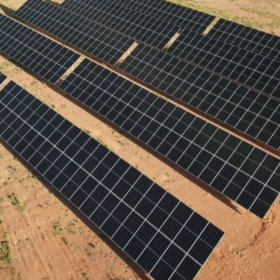
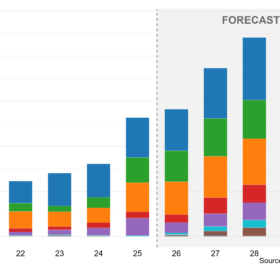
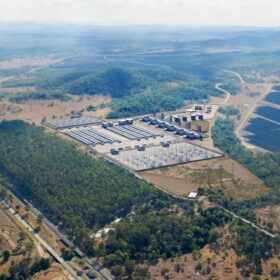
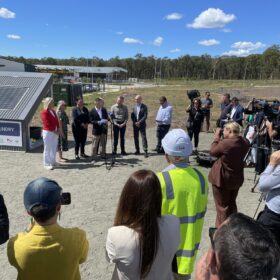
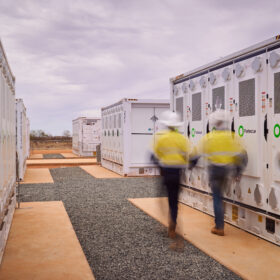
1 comment
By submitting this form you agree to pv magazine using your data for the purposes of publishing your comment.
Your personal data will only be disclosed or otherwise transmitted to third parties for the purposes of spam filtering or if this is necessary for technical maintenance of the website. Any other transfer to third parties will not take place unless this is justified on the basis of applicable data protection regulations or if pv magazine is legally obliged to do so.
You may revoke this consent at any time with effect for the future, in which case your personal data will be deleted immediately. Otherwise, your data will be deleted if pv magazine has processed your request or the purpose of data storage is fulfilled.
Further information on data privacy can be found in our Data Protection Policy.